Inventions can be protected as patents or utility models on the grounds of the Patent Act and the Utility Model Act, which entered into force on 23 May 1994. In 2024, 30 patent applications (32 in 2023), 35 utility model registration applications (39 in 2023), and 43 supplementary protection applications for medicinal products and plant protection products (31 in 2023) were filed with the Patent Office. Estonian applicants filed 26 patent applications and 31 utility model registration applications. No international patent applications were filed by Estonian applicants for forwarding to WIPO. The Patent Office made 85 procedural decisions regarding patent applications (including 50 decisions on supplementary protection for medicinal products and plant protection products) and granted 15 patents. 47 procedural decisions on utility model registration applications were made and 33 utility models were registered. The Patent Office made 50 decisions regarding supplementary protection applications for medicinal products and plant protection products and issued 32 supplementary protection certificates.
By 31 December 2024, 48 patent applications, 32 utility model registration applications and 101 supplementary protection applications for medicinal products and plant protection products were pending.
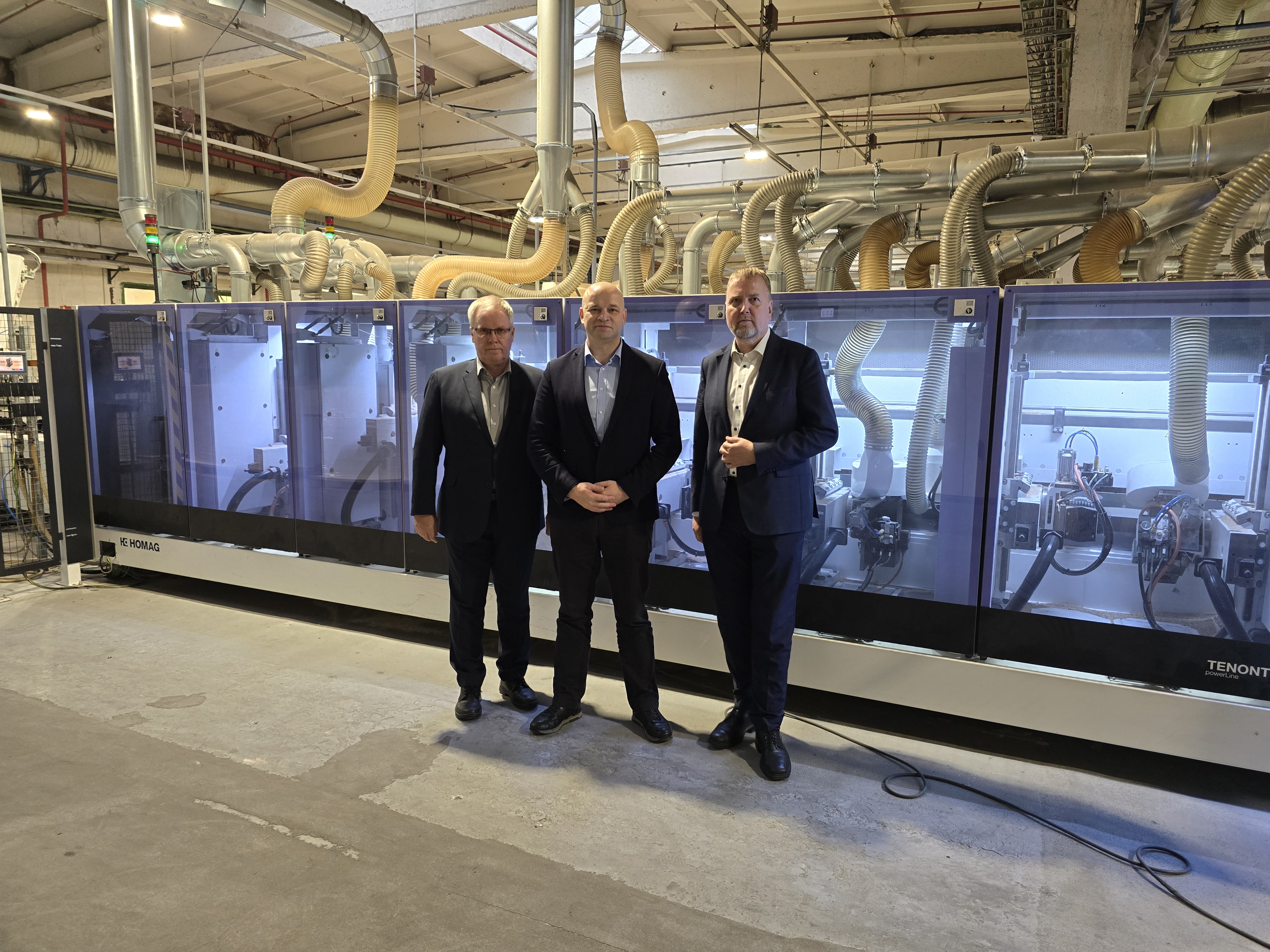
Patents
Patent protection is granted for inventions in all fields of science and technology. Computer programs, plant varieties, animal breeds or methods of treatment and diagnosis for humans and animals are not patentable.
Applications can be most conveniently filed through the electronic application portal .
Access to the portal is available with an Estonian ID card. A patent application can only be sent to the Patent Office after it has been digitally signed by the patent applicant(s) or patent attorney. In 2024, 27 (90%) applicants used the option to file patent applications electronically.

Estonian applicants filed 90% of all patent applications in 2024. Applications were filed from foreign countries as follows: one from France (3.3%), one from the Netherlands (3.3%), and one from China (3.3%).
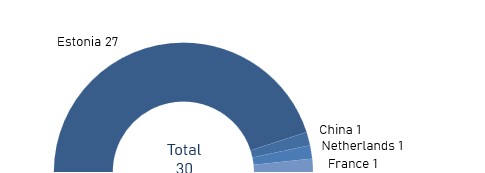
The most patent applications were filed in the fields of chemistry and metallurgy (27%), followed by technological processes and the satisfaction of human vital needs (both 20%).
The Patent Office checks the compliance of the filed patent application with formal requirements and conducts a full examination of the invention, assessing its worldwide novelty, inventive step and industrial application.
In 2024, the main reasons for the rejection and withdrawal of patent applications were that the invention did not meet the formal requirements (50%), the nature of the invention was not disclosed in the application (25%) or the invention did not meet the criteria of patentability (20%).
The average processing time for patent applications was 31.5 months in 2024. The average time is calculated from the submission of the application until the decision to grant the patent is made.
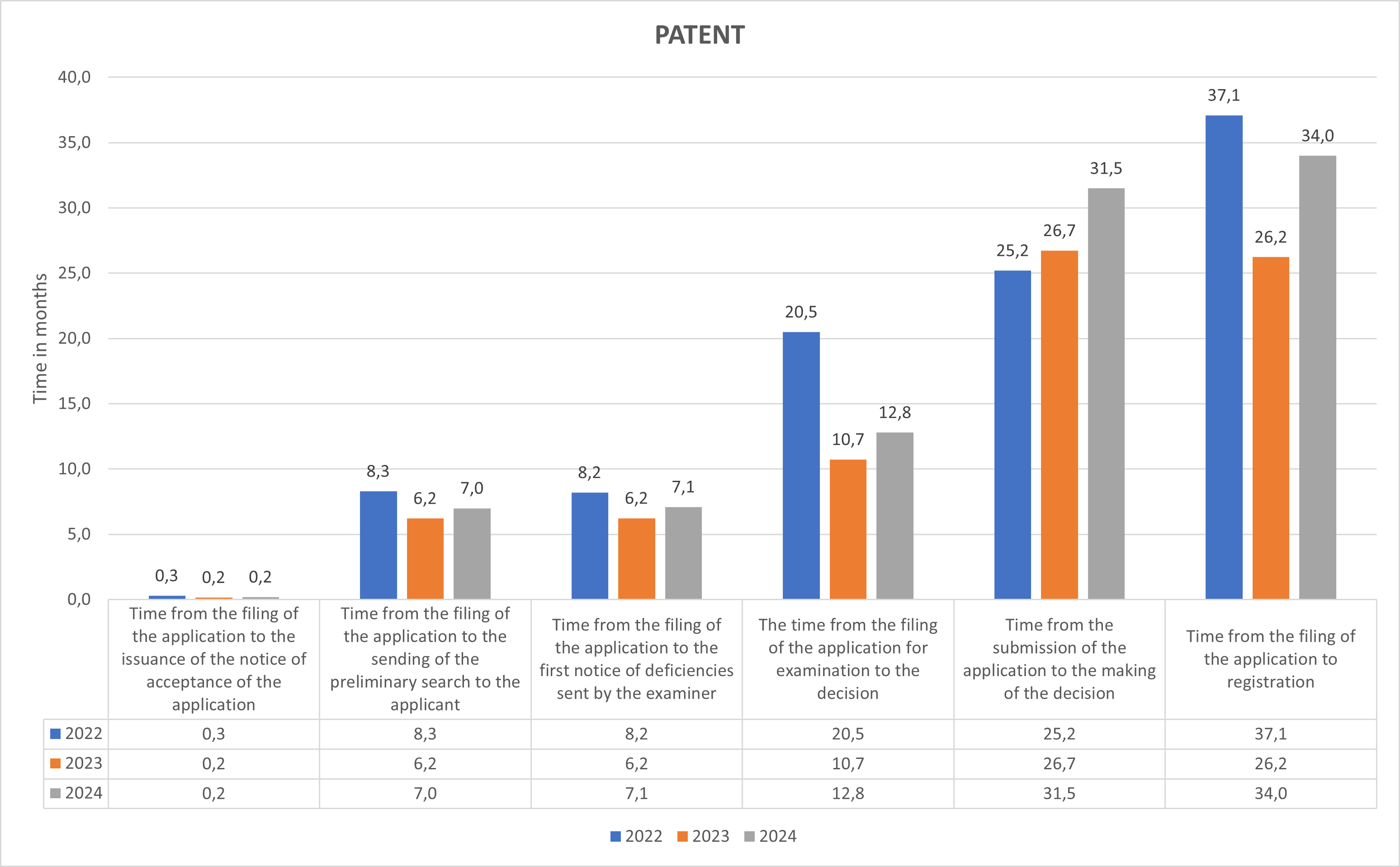
The patent application is published in 18 months from the filing date or priority date. The registration of the invention in the patent register is considered the grant of the patent.
A patent is valid for 20 years from the filing date of the patent application and to maintain its validity, an annual renewal fee must be paid for each year of validity.
Since 1 January 2013, the Patent Department has been processing supplementary protection applications for medicinal products and plant protection products. Supplementary protection for medical products and plant protection products is valid for five years after the patent has expired. For medicinal products used in paediatrics, the supplementary protection can be extended by an additional six months. Since 2000, a total of 591 applications have been filed.
In 2015 The Estonian Patent Office joined the international pilot program of Global Patent Prosecution Highway – GPPH. Under GPPH a patent examination system is applied where – upon the request of the applicant – a participating patent office uses the results of other participating offices that have examined the same patent application, resulting in faster examination of the application. As of 2024, the search results of the Estonian experts have been used on 23 occasions (17 – US, 2 – AU, 3 – DE and 1 – RU) and the Estonian Patent Office has used the results of USPTO examinations twice. The statistics are published on the website of the Japan Patent Office.
On 1 January 2017, the Estonian Patent Office joined the WIPO Digital Access Service (WIPO DAS) for priority documents. The system allows the applicant to take advantage of the following options, if desired:
- to add the initial patent application document (priority document) to the WIPO digital database through the Patent Office (as the depositing office);
- if a priority exists, when filing a patent application, instead of submitting a document proving the priority claim, the applicant can provide the Patent Office (as the accessing office) with only the access code to retrieve the document from the WIPO digital database.
The service can be used for both national patent applications and utility model registration applications. Mutual access to priority documents is guaranteed only for patent offices that have joined the WIPO DAS system. In 2024, 30 priority documents (15 patent applications and 15 utility model applications) were added to the WIPO DAS database at the request of the applicant. The priority documents of a total of 65 patents and 68 utility models have been added since 2017.
Disputes arising from patents are resolved by the Industrial Property Board of Appeal and in court. In 2024, no appeals were filed regarding patent application decisions, nor were any patents disputed.

Since 2020, 9 pledges have been registered in the patent register.
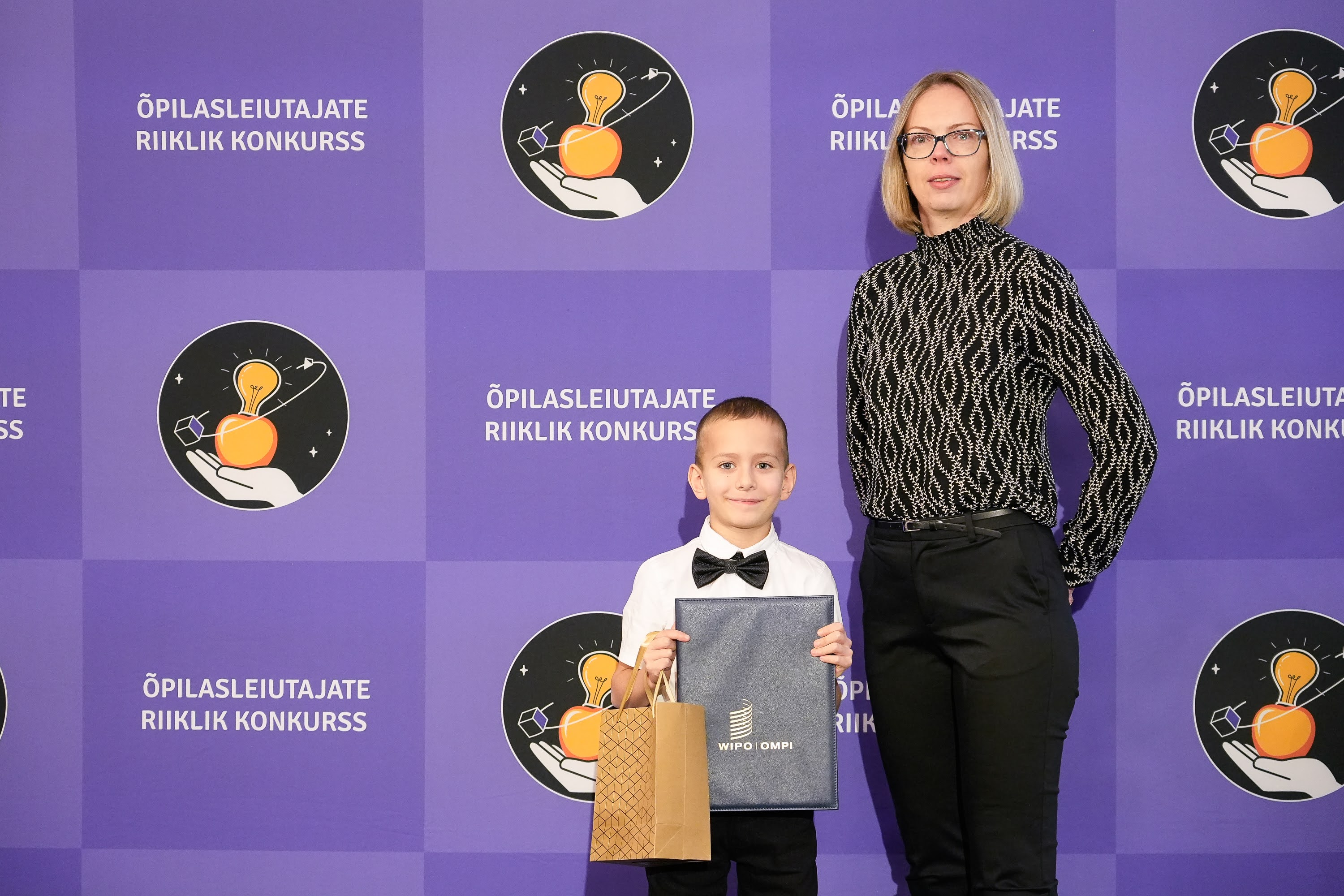
European patents
Inventions can be protected by the European patent in Estonia since 1 July 2002, when Estonia became a full member of the European Patent Organization (EPO). Starting from that date Estonia can be designated in the European patent application as a state where a European patent is intended to be validated under the European Patent Convention. Moreover, Estonian and foreign applicants can file a European patent application via the Estonian Patent Office to the EPO.
To validate a European patent in Estonia the proprietor should file a translation of the patent specification into Estonian with the Estonian Patent Office and pay the prescribed fee for making it available to the public within 3 months from the date of notification of the grant of the European patent by the EPO. Upon payment of an additional state fee, the term for submitting the translation can be extended by 2 months.
A European patent valid in Estonia is legally equivalent to an Estonian patent. The Patent Office maintains the register of European patents valid in Estonia.
To keep a European Patent valid in Estonia the proprietor has to pay a renewal fee for each year of validity, starting from the second year after the EPO has notified of the grant of the European Patent. The state fee can be paid up to 6 months before the due date for payment or, in case of paying the supplementary fee, up to 6 months after the due date for payment. The due date for payment is the last day of the calendar month in which the year of validity of the European patent starts.
The first European patents entered into force in Estonia in 2004. In 2024, 937 European patent enforcement applications were filed, all of them electronically. By the end of 2024, there were 10,565 European patents in force in Estonia.
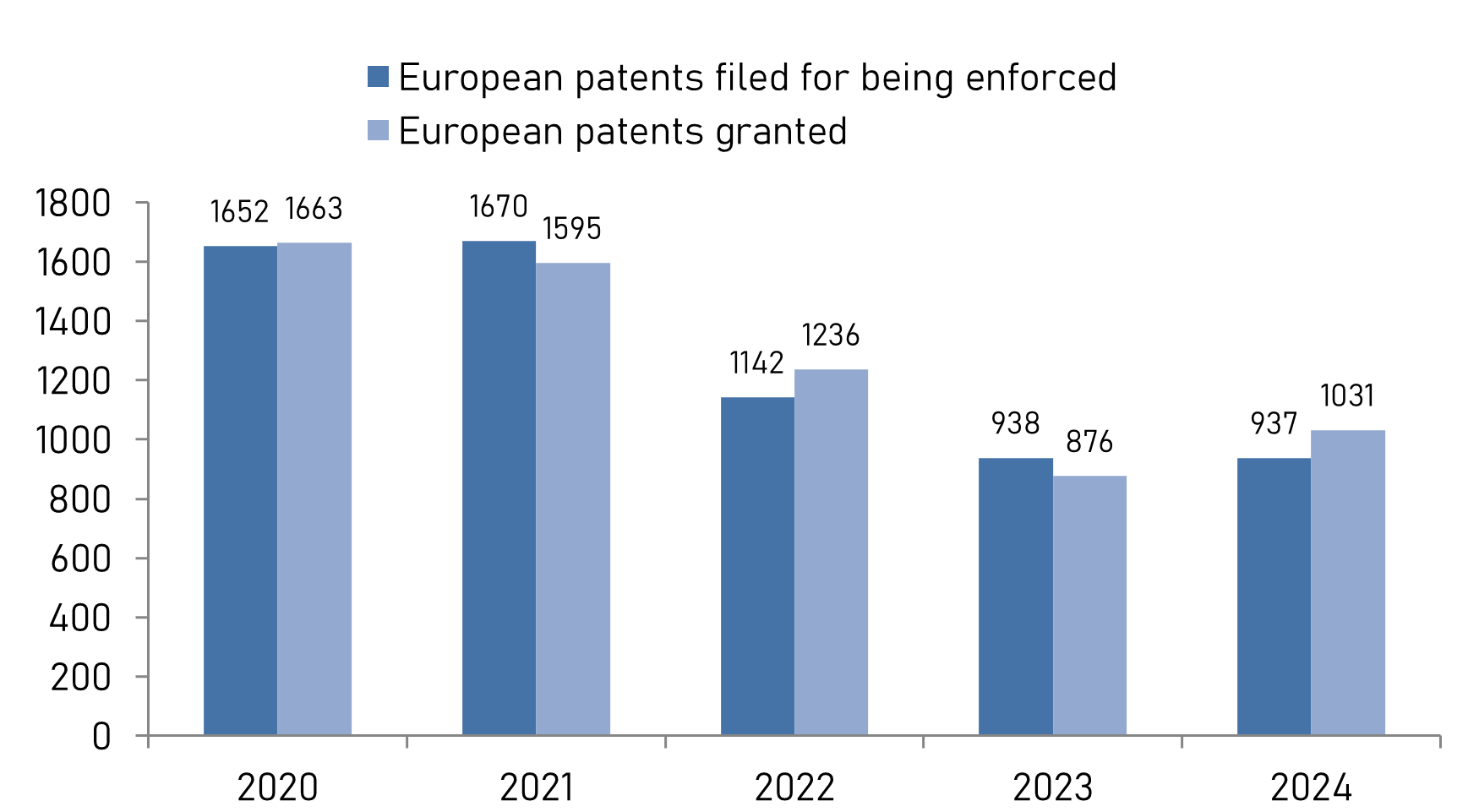


Since 2020, 3 patents and 9 licences have been registered in the register of European patents valid in Estonia.
The unitary patent (UP) entered into force on 1 June 2023. Unitary patents, as well as European patents, are issued by the European Patent Office (EPO). If a European patent has been issued, the proprietor of the patent can submit a request for a patent with unitary effect to the EPO within one month after the publication of the corresponding notice in the patent bulletin. Application for a UP is free of charge. A total of 28,124 UP applications were filed, and 28,021 unitary effect patents were registered in 2024. The UPs that are registered are automatically valid in the territory of 18 European Union member states. These countries include Austria, Belgium, Bulgaria, Denmark, Estonia, Finland, France, Germany, Italy, Latvia, Lithuania, Luxembourg, Malta, the Netherlands, Portugal, Romania, Slovenia and Sweden. 28 UPs were registered for Estonian applicants.
Utility models
The same inventions that can be protected with a patent, can also be protected with a utility model, with the exception of inventions in the field of biotechnology.
Differences between utility models and patents:
- they are cheaper;
- a registration system is implemented;
- shorter processing time;
- lower requirements for inventive step;
- protection cannot be granted for combinations of inventions, i.e, a single application cannot cover both a method and a device;
- maximum term of validity is ten years.
The most convenient option for filing utility model applications is through an electronic filing portal.
Access to the portal is available with an Estonian ID card. Anyone who accesses the portal can fill in an application for the registration of a utility model, but the application can be filed with the Patent Office only after the applicant or the patent attorney has digitally signed it. In 2024, all utility model applications were filed electronically.

Of the utility model applications filed in 2024, 88.6% were from Estonian applicants, two were filed by Czech applicants (5.7%) and one application each by Norwegian and Turkish applicants (2.8%).

The highest number of applications were filed in the field of technological processes; transport (25.8%), followed by the fields of satisfaction of vital human needs and mechanics (22.6%).
Only worldwide new inventions involving an inventive step and capable of industrial application may be protected by utility model. In the course of processing a registration application of a utility model, the Estonian Patent Office examines the compliance of the application with formal requirements and, according to the amendments to the Utility Models Act valid since 1 January 2012, carries out a state of art search. The Estonian Patent Office forwards the search report to the applicant. The applicant can make corrections and amendments in the application based on the report within two months from the issue of the search report, but it is not mandatory. Only after registration does the utility model become public. If the invention is not new, not industrially applicable or does not have an inventive step, any person may file an action in court for revocation of the registration.
When the registration application complies with the requirements, the invention is registered in the register of utility models and a utility model certificate is issued. The average processing time of a utility model registration application is 9.4 months, which is a much shorter time compared to that of the patent application.

The term of legal protection of a utility model is four years from the filing date. After that, the term of protection may be renewed for up to 10 years by paying the renewal fee: initially for four years and after that for another two years.


Three licences have been registered in the register of utility models since 2020.
Layout designs of integrated circuits
On 16 March 1999 the layout designs of integrated circuits act entered into force. In 2024, no registration applications for the layout designs of integrated circuits were filed with the Estonian Patent Office.

